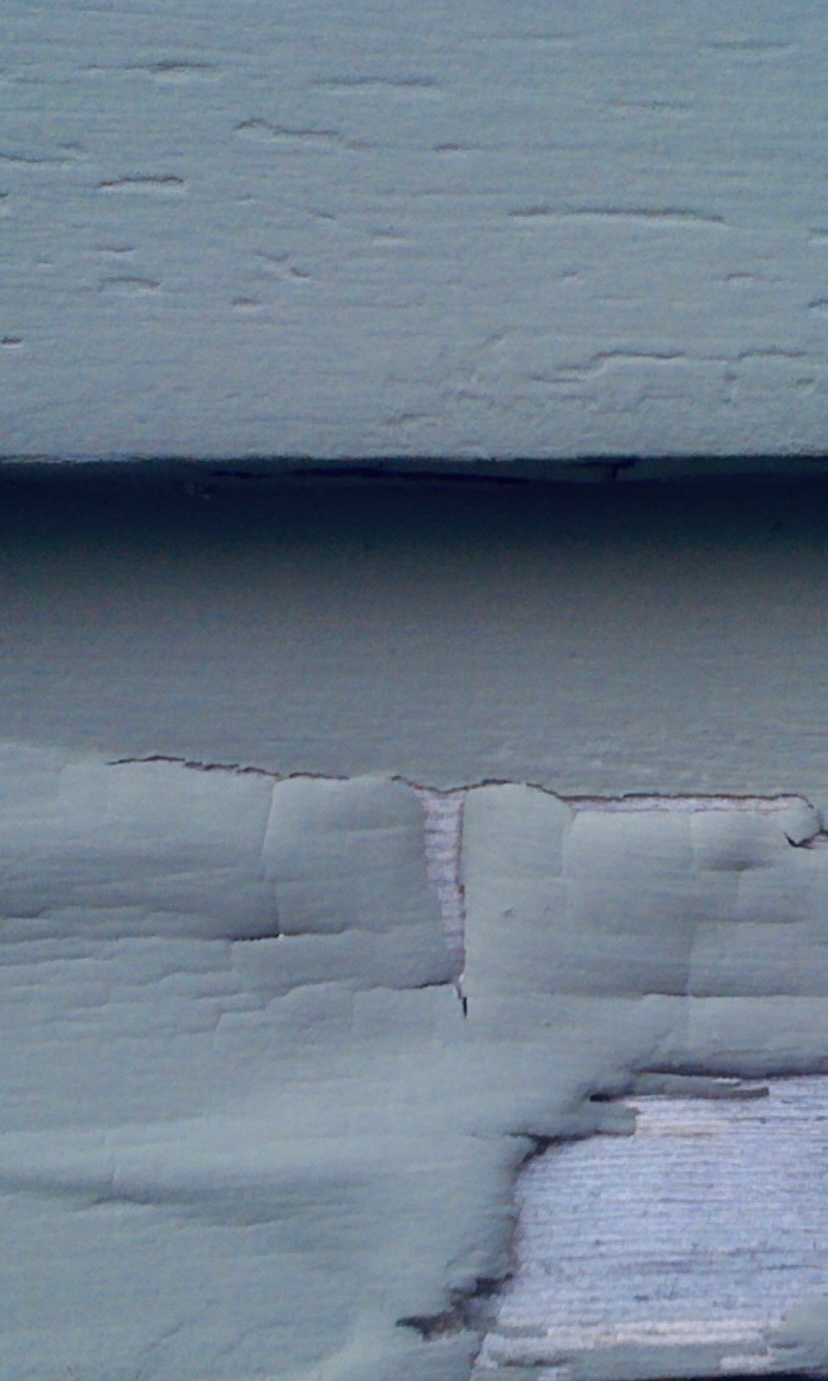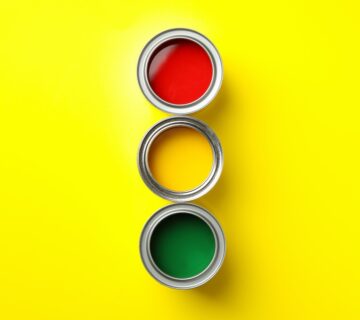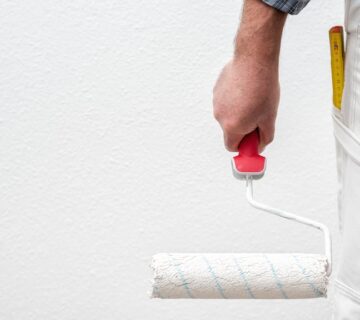Are you noticing paint failure, specifically blistering and peeling paint, due to moisture in the siding? This issue is particularly prevalent in older homes, especially those built before the 1960s. Not only does it diminish the aesthetic appeal, but it also contributes to structural damage. This blog will delve into understanding this type of paint failure and offer professional solutions. We will explore various causes and provide practical strategies to address the underlying issues effectively.
Identifying Paint Failure
Recognizing the symptoms of paint problems is crucial. When inspecting your home, look for bubbles or ‘blistering’ in the paint, appearing in various sizes and sometimes breaking through the paint surface. These signs often coexist with moisture or water stains, suggesting more complex underlying issues. Identifying these early signs can prevent further deterioration and help maintain the home’s structural integrity. Regular inspections can aid in catching these issues before they evolve into significant concerns.
Understanding the Symptoms
Close observation of the bubbles and blistering in the paint is the first step. The presence of moisture and water stains is also a crucial indicator. These signs can point towards more serious structural issues, necessitating a thorough examination of the affected areas. Understanding these symptoms is essential for diagnosing the problem accurately and deciding on the appropriate intervention. Early detection and proper diagnosis are key to effectively managing and resolving moisture-related paint issues.
Root Causes of Paint Damage
Moisture is often the primary culprit behind this type of paint failure. Various factors contribute to this problem. Heat transfer through walls can cause condensation, leading to moisture accumulation. The absence of effective moisture barriers is another common issue. Additionally, siding that’s not primed or adequately covered can absorb moisture. Internal pipe leaks and poor building airflow might also contribute to the problem. Lastly, unresolved leaks can exacerbate moisture issues, making them more challenging to address. Understanding these factors is crucial for developing targeted remediation strategies.
Exploring the Causes
To fully understand the problem, assess the impact of heat transference and temperature variances in your home. Evaluate the effectiveness of existing moisture barriers. Inspect the siding for any signs of inadequate coverage or priming. Be vigilant about detecting internal water leaks and consider the overall airflow within your building. Each of these factors plays a significant role in moisture-related paint failure. Comprehensive assessments help ensure that all potential causes are addressed, which can prevent future occurrences of similar problems.
Effective Solutions
Addressing paint failure caused by moisture in the siding involves more than just repainting; it requires a comprehensive set of strategies to tackle the underlying problems effectively. In severe cases, consider siding replacement as a comprehensive solution to address the root cause of moisture penetration. For historic homes, carefully removing and reinstalling siding might be the best approach to preserve the architectural integrity while solving the underlying issue. In certain situations, stripping the siding can be beneficial as it allows for a thorough examination and treatment of the affected areas. Implementing these strategies can significantly reduce the risk of recurring issues and help maintain the structural health of your home.
The Maintenance Plan
Consistent maintenance is key to preventing the recurrence of paint failures. By staying proactive, you can extend the life of your paint job and maintain the structural integrity of your home. Implementing a post-painting maintenance plan is essential, especially if you’re concerned about costs. This plan should include:
- Regular inspections to identify and address early signs of paint failure.
- Removal of any loose or peeling paint.
- Application of a high-build primer, like XIM Peel Bond, to create a solid foundation for new paint.
- Applying two coats of specialized paint designed to provide long-term protection against moisture and other environmental factors.
Final Thoughts
Dealing with paint failure, particularly blistering and peeling paint caused by moisture in the siding, can be a daunting challenge. With the right approach and professional guidance, you can effectively preserve your home’s beauty and structural soundness. By understanding the underlying causes and implementing effective solutions and maintenance strategies, you can ensure that your home remains visually appealing and structurally secure for years to come.
For further resources, expert advice, and detailed guides, visit our website at sisupainting.com and check out blog at sisupainting.com/blog. We are always ready to assist with more information or help you need.





Thank you for providing such detailed information and guidelines. Try to identify and eliminate the source of the moisture. Prepare the surface by removing all the loose paint with the scraper or stiff wire brush, sand rough edges, and apply the appropriate primer. Repaint with top-quality acrylic latex exterior paint for best adhesion and water resistance.